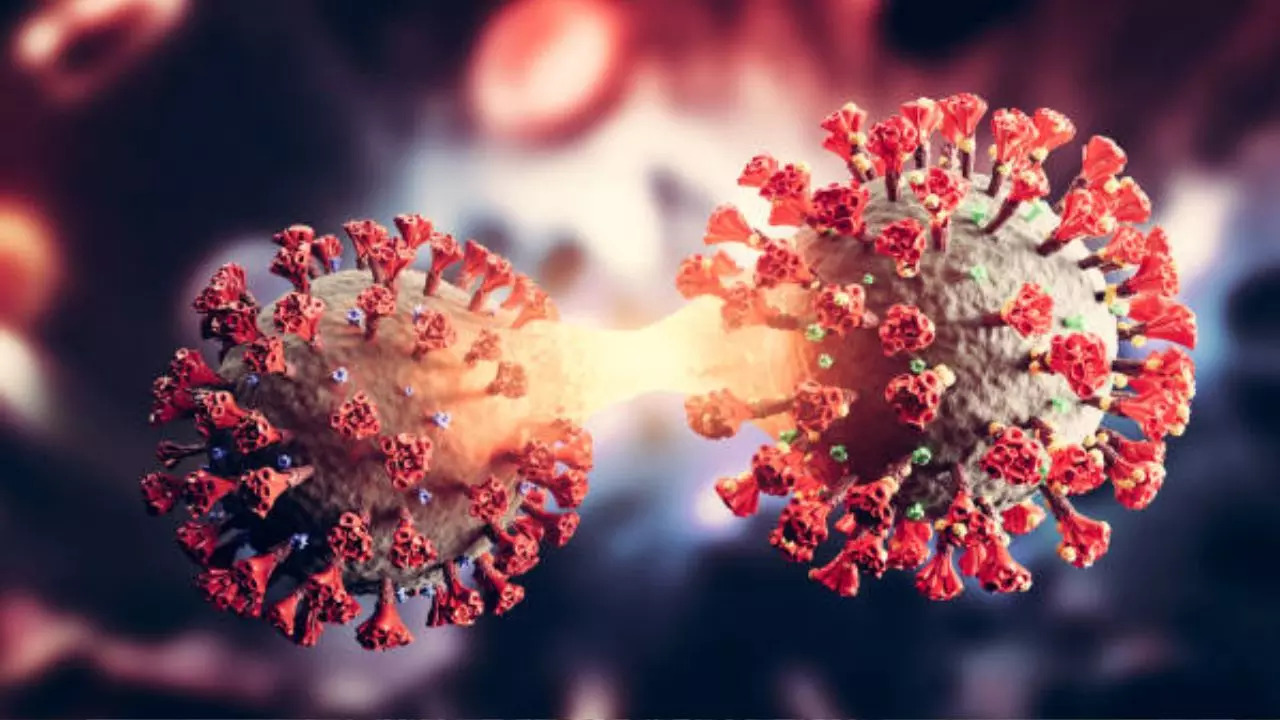COVID-19 update: Cases of new KP.3.1.1 variant rise in US; know everything
The KP.3.1.1 variant is now the most dominant COVID-19 strain in the U.S., causing 27.8 percent of infections from July 21 to August 3, the CDC’s Nowcast Data Tracker reports. This variant, like other variants that emerged from JN.1, is second only to KP.3 at 20.1 percent. Read on to learn tips to keep yourself safe.

COVID-19 update: New KP.3.1.1 variant is dominating the US; everything you need to know (Image credit: iStock)
KP.3.1.1 COVID-19 According to the latest forecast from the Centers for Disease Control and Prevention (CDC), this variant is the predominant strain of the virus. The CDC’s Nowcast Data Tracker, which displays COVID-19 estimates and projections for a two-week period, estimates that in the two weeks starting July 21 and ending August 3, the KP.3.1.1 variant accounted for 27.8 percent of positive infections, followed by the KP.3 variant at 20.1 percent.
“The KP3.1.1 variant is very similar to other variants circulating in the United States. All current lineages are descendants of JN1, which emerged in late 2023,” CDC spokeswoman Rosa Norman said.
“At this time, we anticipate that COVID-19 treatments and vaccines will continue to work against all prevalent variants. CDC will continue to monitor the severity of variants and monitor vaccine effectiveness.”
Earlier, in the two weeks ending July 20, the KP.3.1.1 variant accounted for 17.7 per cent of cases and KP.3 for 32.9 per cent.
Signs and symptoms of KP.3.1.1
The KP.3.1.1 COVID-19 variant, like other variants of the virus, may present with a variety of symptoms. While individual experiences may vary, common signs and symptoms associated with this variant include:
1) Fever or chills: Increased body temperature or feeling of chills.
2) Cough: Persistent cough, which may be dry or with mucus.
3) Shortness of breath or difficulty breathing: Respiratory symptoms that can range from mild discomfort to more severe difficulty.
4) Fatigue: A general feeling of tiredness or lack of energy.
5) Muscle or body aches: General muscle pain or discomfort throughout the body.
6) Headache: Pain in the head, which can vary in intensity.
7) New loss of taste or smell: Sudden and unexplained loss of the senses of taste and smell.
8) Sore throat: Irritation or pain in the throat.
9) Nasal congestion or runny nose: Symptoms like nasal congestion or runny nose.
10) Nausea or vomiting: Gastrointestinal symptoms include feeling nauseated or vomiting.
11) Diarrhea: Thin or watery stools.
Some people may have mild symptoms, while others may develop more severe respiratory symptoms or complications.
Tips to keep yourself safe
To protect yourself from the KP.3.1.1 COVID-19 variant, it is important to follow COVID-19 prevention measures.
Get vaccinated
– Vaccination: Make sure you are fully vaccinated and get booster doses as recommended. Vaccines are effective in reducing the severity of illness, hospitalization, and death.
wear a mask
– Wear a mask: Wear a well-fitting mask, especially in crowded spaces or areas with high infection rates. Masks help reduce the spread of respiratory droplets that may contain the virus.
Practice good hygiene
– Handwashing: Wash your hands often with soap and water for at least 20 seconds. If soap and water are not available, use a hand sanitizer with at least 60% alcohol.
– Avoid touching your face: Avoid touching your face, especially your eyes, nose and mouth, to reduce the risk of transferring the virus from surfaces to yourself.
Maintain physical distance
– Social distancing: Maintain at least 6 feet of distance from others, especially in crowded or poorly ventilated spaces.
Improve ventilation
– Air quality: Ensure good ventilation in indoor spaces by opening windows and doors or using air filtration systems. Proper ventilation helps reduce the concentration of viral particles in the air.
Keep track of your health
– Symptom awareness: Be aware of the symptoms of COVID-19, including new or unusual symptoms, and get tested if you experience any symptoms. Stay home if you feel unwell.
– Regular testing: Get tested regularly, especially if you’ve been exposed to someone with COVID-19 or have symptoms.
Avoid crowded places
– Limit exposure: Avoid crowded and poorly ventilated areas, especially if you are at higher risk for severe illness.
Get the latest news on Times Now as well as breaking news and top headlines from across health and the world.


